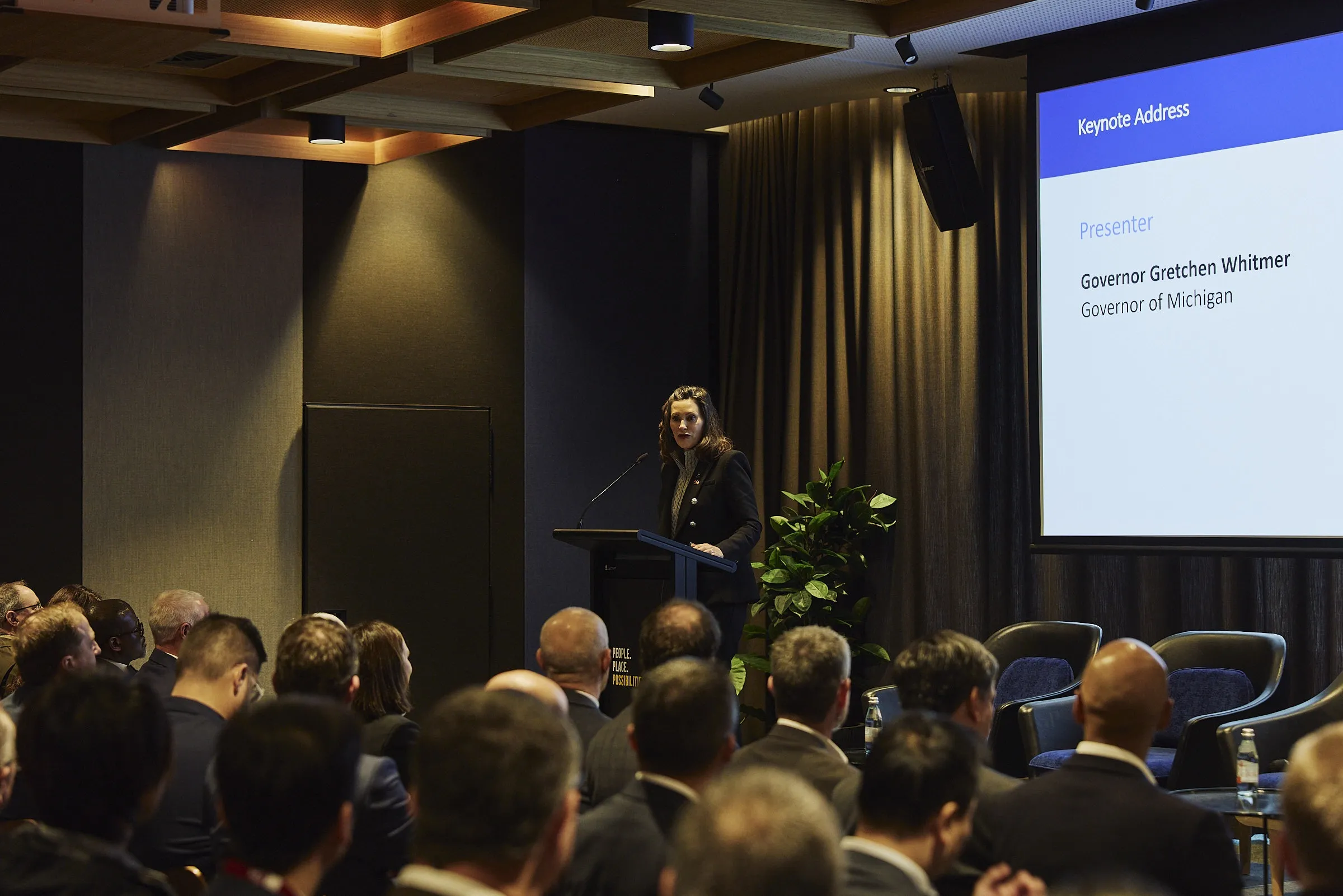Intelligent Transport Systems Australia has praised the National Infrastructure Plan presented to the Council of Australian Governments last week. ITS Australia Chief Executive Officer Susan Harris said this Plan recognises some realities that challenge infrastructure management in Australia and it recommends a clear set of actions to force reform in policies and processes. Among the key actions recommended in the National Infrastructure Plan are: Reform of current infrastructure funding methods; Wider appl
July 12, 2013
Read time: 2 mins
Intelligent Transport Systems Australia has praised the National Infrastructure Plan presented to the Council of Australian Governments last week.
858 ITS Australia Chief Executive Officer Susan Harris said this Plan recognises some realities that challenge infrastructure management in Australia and it recommends a clear set of actions to force reform in policies and processes.
Among the key actions recommended in the National Infrastructure Plan are: Reform of current infrastructure funding methods; Wider application of user pays funding arrangements, especially but not only in the freight sector, but on the proviso that users get a say in scoping new projects; Driving better use of urban networks by re-pricing transport to manage demand by location and time of day; Investment in public transport with more intensive service provision; Improvements to project governance and procurement to reduce the cost of developing new infrastructure.
"This document puts actions on the infrastructure agenda that were ignored previously because they are politically taboo," said Susan Harris. "Some of the issues confronted by the Plan have plagued infrastructure planning in Australia for too many years without resolution".
"ITS Australia agrees with the need to invest in additional road and public transport infrastructure and endorses the proposal to explore new funding models. To maximise returns on that investment, it is critical that ITS technologies are integrated at the outset of planning and in the delivery of new projects to ensure the best solutions are delivered," said Susan Harris.
Among the key actions recommended in the National Infrastructure Plan are: Reform of current infrastructure funding methods; Wider application of user pays funding arrangements, especially but not only in the freight sector, but on the proviso that users get a say in scoping new projects; Driving better use of urban networks by re-pricing transport to manage demand by location and time of day; Investment in public transport with more intensive service provision; Improvements to project governance and procurement to reduce the cost of developing new infrastructure.
"This document puts actions on the infrastructure agenda that were ignored previously because they are politically taboo," said Susan Harris. "Some of the issues confronted by the Plan have plagued infrastructure planning in Australia for too many years without resolution".
"ITS Australia agrees with the need to invest in additional road and public transport infrastructure and endorses the proposal to explore new funding models. To maximise returns on that investment, it is critical that ITS technologies are integrated at the outset of planning and in the delivery of new projects to ensure the best solutions are delivered," said Susan Harris.










